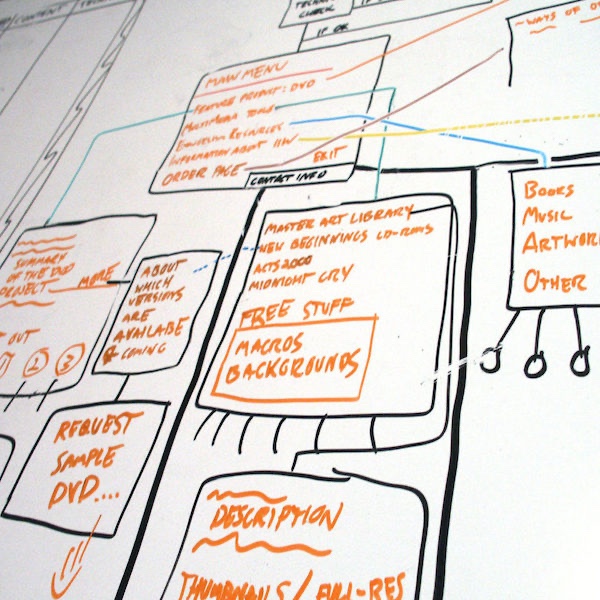No matter how long you’ve been in the Project Manager role, you’re probably doing more than you ever could have imagined. And then there’s the not-so-easy-to-define things that make a PM crucial to complex projects. Here’s a look at what you may not even realize are invaluable skills that make the process flow—and manageable.
Defining a question
Confusion doesn’t always present itself in the form of clear questions, it usually presents itself as a cloud of haziness. Defining the question is often half the work. Once the questions have been outlined, they can be answered by the Project Manager or directed to the appropriate party. Sometimes you can prove that the question doesn’t exist at all and that answers the question in the best way possible.
Forethought and predicting the future
Everyone wishes they were able to see the future. With Project Management, this is especially so because as well-planned as a project may be, there will always be an unforeseen circumstance that will arise during the project. Additionally, as good an estimator as a programmer may be, an estimate will always remain an estimate and the task may need more than the estimate. This gives a Project Manager the near-impossible task of always trying to predict the future and to be ready for any possible prediction to come true. Ultimately, to remain one step ahead. This plays itself out with resource planning and dependencies in tasks. So, predicting the future and staying one step ahead is definitely an important skill.
Negotiation and persuasion
When a project reaches a fork in the road, the Project Manager is the one who will need to convince the relevant stakeholder to go in the direction that will be best for the Project. This will involve negotiation or persuasion tactics. Saying it in just the right way is important to steer the stakeholder to make the decision you need them to make. But at the same time, allowing them to make the decision on their own.
The art of “the next step”
A Project Manager’s oft-used vocabulary word list will have the words “next step” high on the list. This can almost be a PM’s refrain. To guide the project along successfully, the PM needs to be constantly thinking about what the next step is and what needs to happen to get there. Whose court is the ball in? Is it running on schedule or is it stuck? How can the PM push it along or offer solutions for whatever caused the ball to get stuck? This skill is imperative to make sure a project is moving forward and to prevent it from spinning in circles.
Nudging the polished way
Having mastered the art of “the next step,” a PM may start to sound like a nudge. But the truth is, the skill that a PM needs to learn is to nudge the polished way. Here are two ideas that can help to achieve this:
- One goal is to sound more like a go-getter who has the goals of the project clearly in sight and is doing the best s/he can to remove any obstructions along the path. This puts you on the developer’s side as you are there to help them (which you are, nudging aside).
- A big reason why a PM often has to resort to nudging, is because the PM needs to be updated on the latest developments. If the developers use the system comprehensively and tasks are updated, due dates entered and met, and time tracked, the nudging is mitigated since the PM gets the live updates s/he needs. So, the goal is to run the Project using the system with entered tasks, due dates and priorities, with the developers working accordingly while tracking their time against tasks.
Recalculating
A PM has to master readjustments to the level that a GPS so easily and calmly says “recalculating” when the directions given are not followed. Plan B is something that may often need to be resorted to. Creative solutions need to be devised as to how to overcome obstacles in the most efficient manner. Decisions may be about what is the easiest way to repurpose code or whether it is about bringing in different resources on a project.
Directing a meeting
When attending meetings, many times a PM may only be needed just for the beginning and the end. A PM needs to ensure that meetings follow the basic business and communication rules. Every meeting has to have a goal, the minutes of the meeting must be taken, and the meeting has to end with clear action items, followed by a summary emailed to all participants. So often, while the PM may not be needed for the detailed parts of the meetings, they are there to make sure that the meetings have an outcome, are documented, and that the required actions are clear to all participants.
Summarizing
Summarizing is not always so simple. A PM has to be able to take a step back and clarify a conversation/meeting succinctly. The summary will define what decisions were made, what questions were answered, what questions still remain, and what action items need to be taken by whom.






